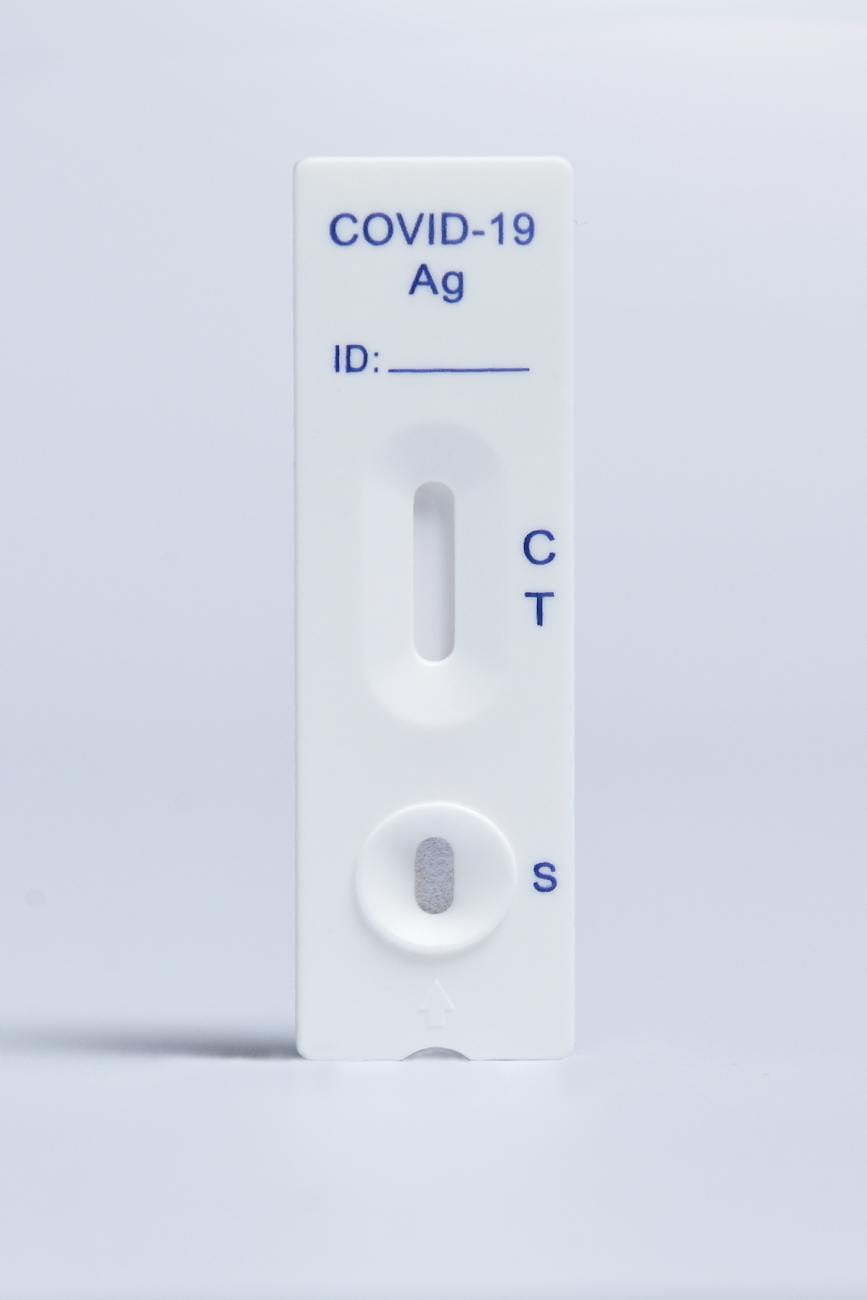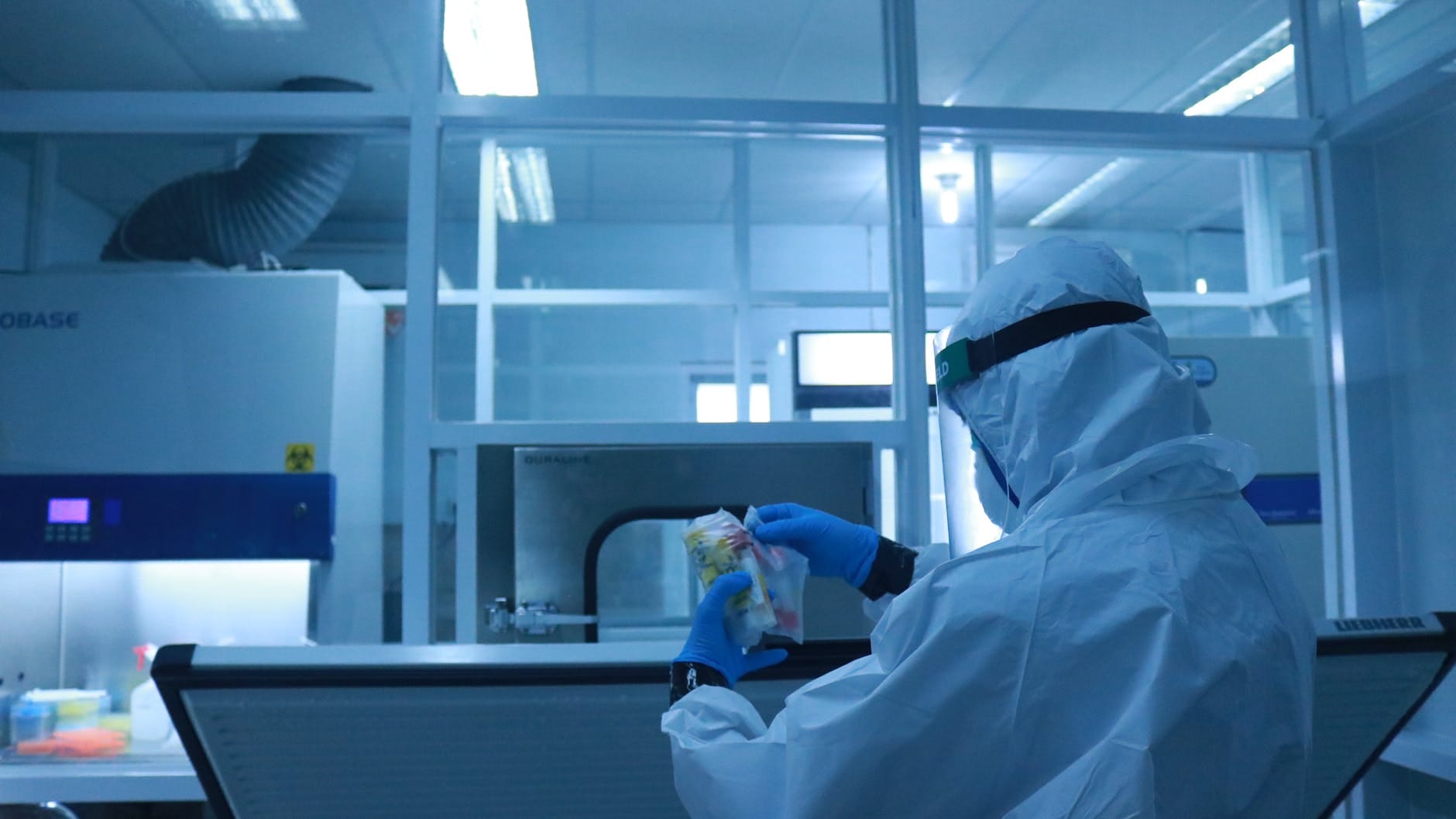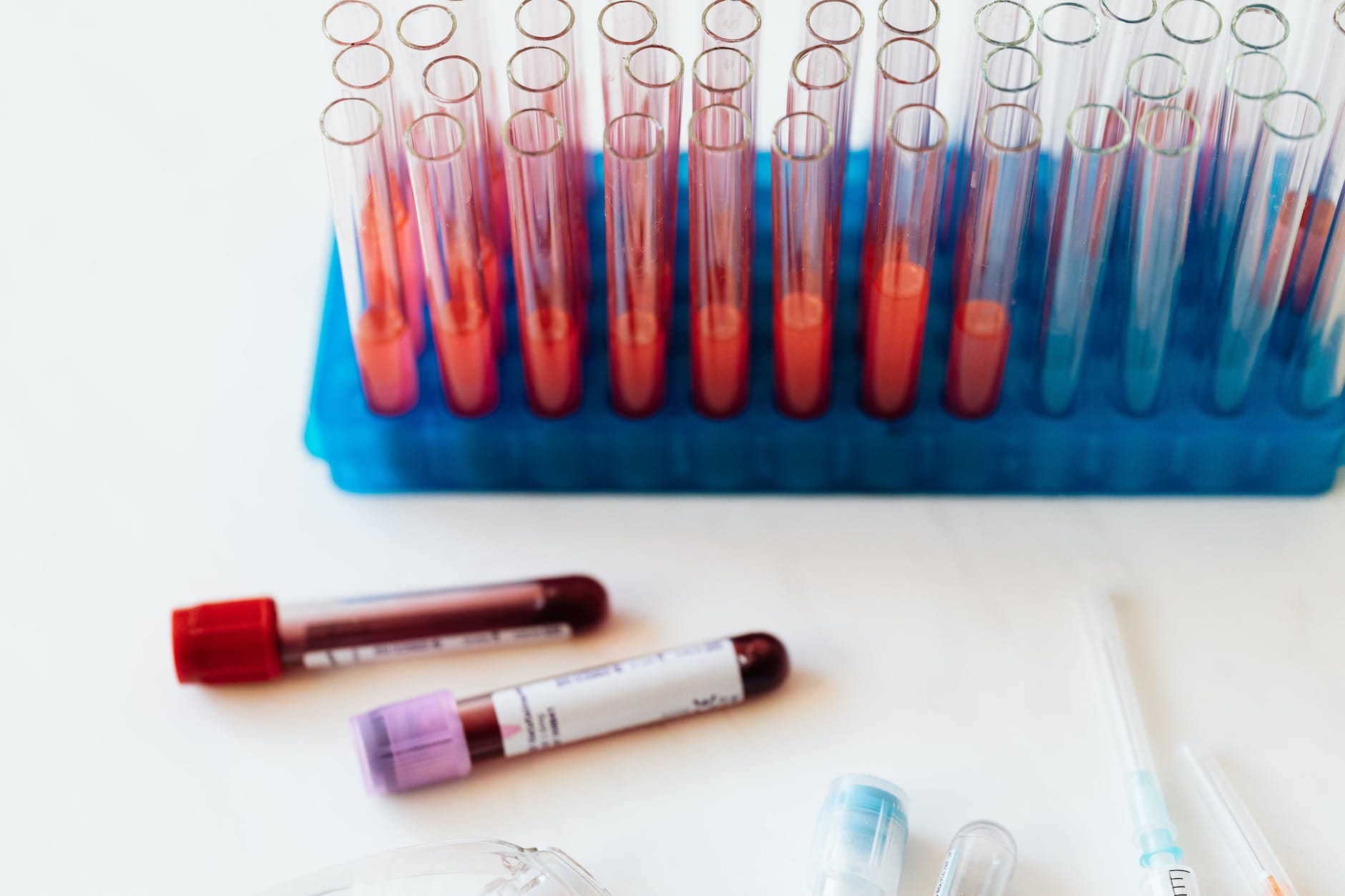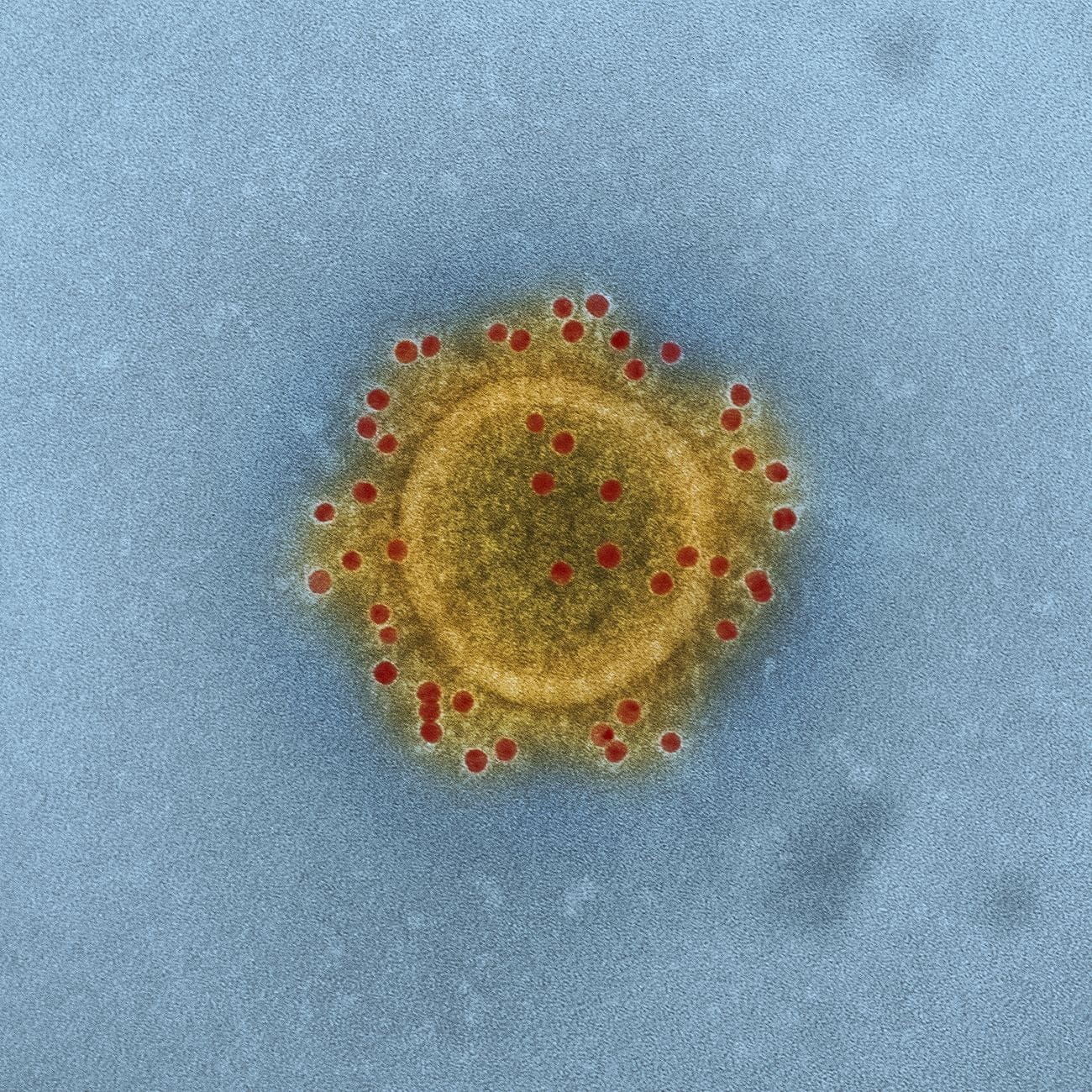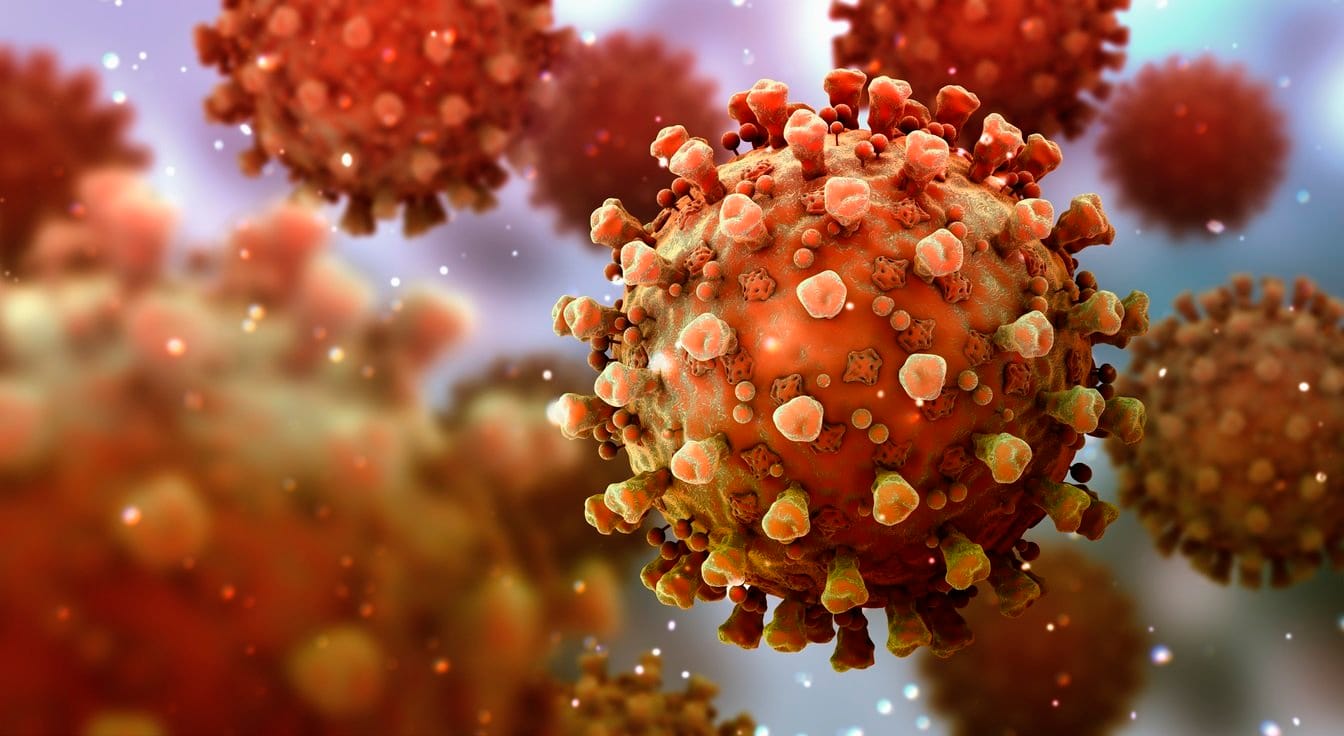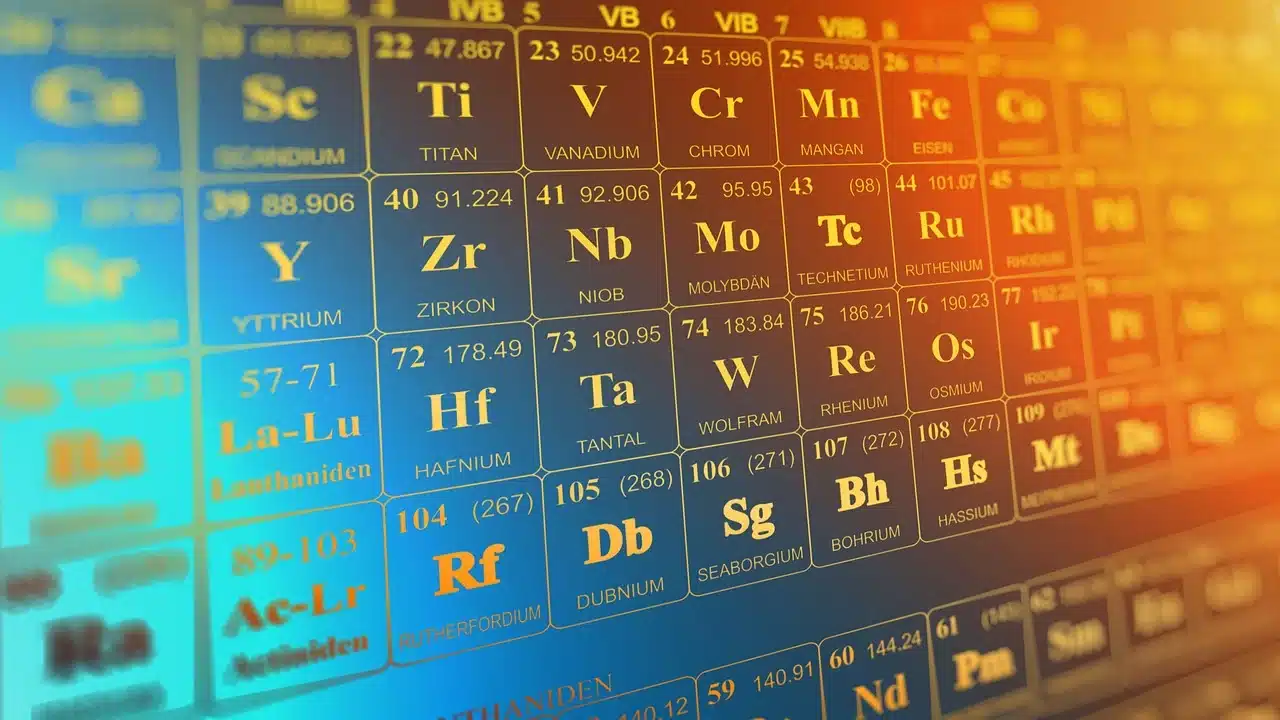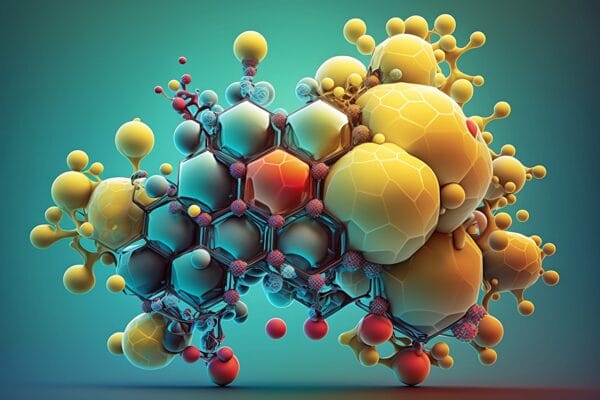STDs – Advanced Diagnosis Techniques”

Introduction: Sexually transmitted diseases (STDs) continue to pose a significant global health challenge, affecting millions of individuals each year. These infections, caused by bacteria, viruses, or parasites, can have severe consequences if left untreated. This blog aims to provide a thorough understanding of common STDs, shedding light on their symptoms, complications, and the crucial aspect…

